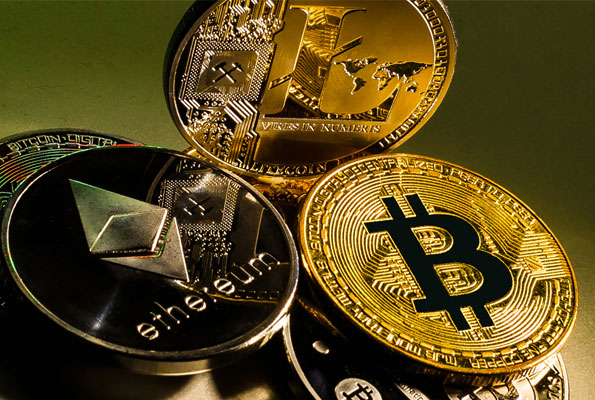According to recent research, the Middle East and North Africa (MENA) region has led the world in the adoption of cryptocurrencies since 2022.
According to the blockchain data platform Chainalysis’ ‘2022 Geography of Cryptocurrency Study’, MENA users received USD 566 billion in cryptocurrency from July 2021 to June 2022, a 48% increase after 2020.
Chainalysis research has cited instances involving the preservation of funds and remittance payments, along with more lenient crypto rules, behind this phenomenon. The paper stated, “In Turkey and Egypt, fluctuating cryptocurrency prices have coincided with quick devaluations of fiat currencies, strengthening the appeal of crypto for savings preservation.”
The Turkish Lira has increased by 80.5% in 2022, while the Egyptian Pound has decreased by 13.5%. However, the country’s national bank has come up with a project to construct a crypto-based remittance corridor between Egypt and the UAE. Remittance payments make up roughly 8% of Egypt’s GDP.
The research added that the Gulf Cooperation Council (GCC) member states are quickly establishing themselves as significant crypto players, while serving as critical economic centres for the MENA area. Saudi Arabia is Mena’s third-largest cryptocurrency market and UAE is fifth. They are also closely connected to the global markets.
The primary forces behind GCC’s cryptocurrency adoption differ from those in the rest of MENA, according to Akos Erzse, Senior Manager for Public Policy at Dubai-based cryptocurrency exchange BitOasis.
“When you examine the markets in the GCC, we believe that young, tech-savvy early adopters are driving this adoption with relatively high disposable incomes looking for investment choices and are currently convinced of the value of cryptocurrencies,” he told Khaleej Times.
“Additionally, adoption extends beyond the retail or customer side and into the ecosystem as financial institutions and banks start collaborating with companies like ours,” according to Akos Erzse, who also noted recent inflation’s role in promoting cryptocurrency adoption.
According to Chainalysis, after steadily increasing since the middle of 2019, global usage has plateaued in 2022. As a result, the rate of bitcoin adoption worldwide peaked in Q2 2021.
“Since then, adoption has moved in waves – it fell in Q3 when crypto prices declined, rebounded in Q4 when prices rebounded to new all-time highs and have fallen in each of the last two quarters as we’ve entered a bear market,” the research cited. Global adoption, however, is still far higher than it was in the 2019 bull market.
According to the data, many people drawn by growing prices in 2020 and 2021 persisted and continued to invest a sizable portion of their digital assets.
“Despite recent dips, cryptocurrency markets have surprisingly remained resilient. The paper stated that extensive, long-term cryptocurrency holders have maintained their positions during the lousy market. The on-chain data implies that these holders are confident the market will rebound. This keeps market fundamentals reasonably strong,” the report said.
The World Crypto Adoption Index has been dominated by developing economies.
“Users in lower middle and upper middle-income countries frequently rely on cryptocurrencies to send remittances, preserve their funds during periods of volatility in fiat currencies, and meet other specific financial demands related to their economies. Additionally, according to the study, these nations rely on Bitcoin and stablecoins more frequently than other nations,” Chainalysis commented.
Regarding bitcoin adoption, Vietnam took first place for the second year in a row. According to the sub-rankings, the Southeast Asian country has extreme purchasing power and high population-adjusted adoption rates for centralised, DeFi, and P2P cryptocurrency solutions. In addition, a 2020 survey revealed that 21% of Vietnamese consumers claimed to use/own cryptocurrencies.
Global adoption is still far higher than the pre-2020 levels, even though growth has been more erratic recently.
According to the paper, “The data indicates that a critical mass of new users who put capital into cryptocurrency during periods of price growth tends to remain even when prices decline, allowing the ecosystem to consistently grow on net across market cycles.”



